Introduction
Spring is an enchanting season for gardeners and plant enthusiasts alike. It's a time when the world awakens from its winter slumber, bursting into a symphony of color and new growth. Spring gardening offers not only aesthetic pleasure but also mental well-being, as it allows us to connect with nature and witness the transformative power of life. As the days lengthen and temperatures rise, it's the perfect opportunity to cultivate your own slice of paradise. In this guide, we'll explore top tips for a flourishing spring garden and how Plantology's diverse range of plants and trees can be your perfect partner in this endeavor.

Preparing Your Garden for Planting
Evaluating Your Garden Space
Analyze Sunlight, Soil Type, and Drainage
The foundation of a successful garden lies in understanding the space you intend to cultivate. Begin by observing the amount of sunlight your garden receives throughout the day. Different plants thrive in different light levels—some bask in full sunlight while others prefer shaded corners. Testing your soil type is equally important as it determines the kind of plants you can successfully cultivate. Simple pH test kits can reveal whether your soil is acidic, neutral, or alkaline, each suitable for different plant varieties.
Consider Climate and Local Environment
The climate and micro-environments within your garden greatly influence plant selection. Consider your local hardiness zone, as this will guide you in choosing plants that can thrive in your climate. Remember, plants like Adonidia Palm and Agave Blue may require different conditions to flourish, so tailor your selection accordingly.
Clearing and Preparing Garden Beds
Remove Weeds and Debris
Spring cleaning isn’t just for your home. Start by clearing out weeds, leaves, and any leftover debris from the previous growing season. This cleanup will reduce competition for nutrients and prepare the soil for new growth.
Soil Amendment and Fertilization
Creating nutrient-rich soil is essential for your plants’ success. Adding organic matter such as compost or well-rotted manure can enhance soil structure and provide slow-release nutrients. Spring is also the time to apply slow-release fertilizers, which will give young plants the nutrients they need to establish quickly.

Selecting the Right Plants for Spring
Annuals vs. Perennials
When selecting plants, consider whether you'd like to plant annuals, perennials, or a mix of both. Annuals, such as marigolds and petunias, can provide vibrant color throughout the season but will need to be replanted every year. Perennials like daylilies or Agapanthus return year after year, establishing a more resistant and low-maintenance base for your garden.
Choosing Plantology Species
Adonidia Palm
For those looking to add a tropical flair to their garden, consider the Adonidia Palm Single. Known for its striking appearance and ease of maintenance, it's perfect for containers or as a striking accent piece in your garden.
Agave Varieties
The Caribbean Agave is a resilient choice for gardeners who prefer minimal care plants that offer structural elegance. Its hardiness makes it suitable for various climates, ensuring year-round beauty with minimal fuss.
Planting Techniques and Tips
Transplanting Seedlings
Timing and Technique
Once your seedlings have their first true leaves, they're ready for transplanting. Choose a calm, overcast day to reduce transplant shock, and ensure each seedling is planted at the correct depth, level with where it was growing previously.

Direct Sowing Seeds
Direct sowing involves planting seeds directly into the garden soil. Ensure the soil is warm and that the risk of frost has passed before sowing seeds such as beans, carrots, or sunflowers. Follow package instructions for spacing and depth for each species.
Proper Watering Practices
Understanding Water Requirements
Proper watering is critical during the spring; plants require varying amounts of water depending on their species and maturity level. Overwatering can lead to root rot, while underwatering stunts growth. Establish a consistent watering schedule that meets the needs of your plants, considering rainfall and seasonal temperatures.
Efficient Irrigation Systems
Investing in an efficient irrigation system can save time and water. Drip irrigation prevents water wastage by delivering moisture directly to the plant's root zone. Smart controllers can also adjust watering schedules based on weather conditions, ensuring optimal water usage.
Fostering Plant Health and Managing Pests
Natural Pest Control Methods
Biological Controls
Encourage beneficial insects, such as ladybugs and lacewings, to your garden. These insects prey on aphids and other common garden pests, naturally maintaining a healthy balance in your ecosystem.

Plant Companions
Certain plants can be grown together for mutual benefit. For example, planting marigolds with tomatoes can repel nematodes, while herbs like basil can deter mosquitoes and flies.
Promoting Healthy Growth
Regular Pruning and Deadheading
Pruning involves removing dead or diseased branches to encourage healthy growth and airflow within your plants. Deadheading, or removing spent flowers, also promotes further blooming and prevents seed setting.
Seasonal Fertilization
Ensuring your plants have the necessary nutrients as they grow will promote robust health and flowering. Use a balanced, all-purpose fertilizer every few weeks to provide essential nutrients like nitrogen, phosphorus, and potassium.
Incorporating Trees and Shrubs for Structure
Benefits of Trees and Shrubs
Trees and shrubs introduce vertical structure to your garden, offering windbreaks and privacy while enhancing biodiversity. They also provide shelter for beneficial wildlife and can anchor a landscape design.
Top Picks from Plantology
Alexander Palm
Enhance your tropical landscape with the Alexander Palm. Its graceful form and elegant fronds can transform any garden area into a lush sanctuary.
Variegated Aglaonema
For those interested in indoor gardening or shaded outdoor spaces, the Aglaonema Silver Bay is an excellent choice. Its unique foliage adds visual interest and thrives in indirect light.

Creating a Sustainable Garden
Composting and Recycling
Implementing a composting system enriches your soil with nutrients while reducing waste. Composting kitchen scraps and yard waste can return organic matter to the earth, encouraging sustainable gardening practices.
Using Native Plants
Introducing native plants into your garden lessens its environmental impact as these species are adapted to local conditions, requiring less water and fertilizers. They also offer familiar habitats for pollinators and other wildlife.
Designing for Aesthetic Appeal
Color Schemes and Textures
Consider the colors and textures of plants when designing your garden layout. Combine vibrant flowers with contrasting foliage for visual interest. Mix different leaf sizes and plant arrangements to create depth and variation.
Seasonal Bloom Planning
To maintain a vibrant garden throughout the season, select plants that bloom at different times. This staggered planting ensures that as one plant fades, another takes its place, providing continuous color and life.

Maintaining Your Spring Garden
Regular Monitoring and Adjustments
Gardens require regular attention to thrive. Monitor plants for signs of stress or disease and adjust your care routine as necessary. Weather changes may necessitate alterations in watering or fertilizing frequency.
Long-term Garden Planning
As you plant your spring garden, consider its long-term evolution. Perennials will expand and mature over time, and your design should accommodate this growth. Regularly reassess your garden structure and plant placement to ensure its continuing flourishing state.
Conclusion
Spring is a wonderful time to immerse yourself in the joy and rewards of gardening. By preparing your garden space thoughtfully, selecting the right plants, and maintaining them with care, you’ll cultivate a flourishing and sustainable garden that delights through the seasons. Explore Plantology’s online store for a vast selection of plants that can help you achieve your gardening vision. Whether you're drawn to the elegant Adonidia Palm or the striking Agave Desmettiana Variegata, our range offers something for every gardener.
Visit Plantology today to discover how our curated selection can elevate your spring garden from ordinary to extraordinary. Happy planting!

Advanced Techniques for the Experienced Gardener
Companion Planting for Optimal Growth
Companion planting involves strategically positioning different plant species in proximity to one another to encourage mutual benefits, including pest control, pollination, and enhanced growth. For example, consider pairing beans with corn, as beans fix nitrogen in the soil, which benefits the corn, while the tall corn stalks provide support for the climbing beans. Similarly, carrots and onions complement each other by deterring pests natural enemies to each.
Research the specific needs and benefits of plants within your garden to create synergistic partnerships. Companion planting can integrate seamlessly with both vegetable and ornamental gardens, providing both functional and aesthetic benefits.
Building a Permaculture Garden
Permaculture gardens focus on sustainable agricultural practices that mimic the self-sustaining ecosystems found in nature. Begin by designing your garden to include a diverse array of plants that mutually support one another, incorporating techniques such as zoning for different plant types based on their water and sun requirements. Consider adding a water feature, edible plants, and varied layers, including ground cover plants, shrubs, and trees.
By prioritizing biodiversity and using resources mindfully, a permaculture garden reduces waste and labor, increases productivity, and serves as a haven for wildlife. This mindful approach to gardening can transform your garden into an oasis of regenerative growth.

Vertical Gardening Techniques
Vertical gardening is an ingenious way to maximize space by growing plants upwards instead of outwards. This method is excellent for those with limited garden space or who wish to make the most of walls and fences. Climbing plants like peas, cucumbers, and various ivies can thrive on trellises, providing both height and productivity.
You can also incorporate vertical structures such as stacked planters or wall-mounted growing systems that allow you to nurture a variety of plants in reduced space, including herbs, strawberries, and even decorative flowers, creating a lush visual and functional impact in your garden.
Advanced Pruning and Grafting Techniques
Experienced gardeners can employ advanced pruning and grafting techniques to shape plant growth and produce superior results. Pruning not only manages size but also enhances the health and productivity of trees and bushes. Techniques like crown thinning, crown reduction, and deadheading involve careful trimming to optimize light penetration and reduce disease.
Grafting is a technique used to propagate new plants by joining the tissues of two different plants, allowing gardeners to combine desirable characteristics, such as disease resistance and fruit production, into a single plant. Grafting can create a sturdy and diverse garden with unique plant varieties not available through regular propagation methods.

Incorporating Water Features and Wildlife Habitats
Creating a Pond or Water Feature
Water features like ponds, streams, and fountains add tranquility and attract various wildlife to your garden, including birds and beneficial insects. Designing a water feature considering the size and location can complement your garden design while supporting your local ecosystem.
Ensure proper filtration systems to maintain clean and oxygenated water, reducing the risk of stagnation and helping aquatic plants and fish thrive. Include indigenous aquatic plants to enhance the natural look and health of your water feature, ensuring a balanced environment.
Building Habitat for Local Wildlife
Encourage local biodiversity by creating habitats that welcome birds, bees, butterflies, and more. Install birdhouses, bat boxes, and bee hotels to provide shelter and nesting sites. Incorporate flowering plants that bloom across the seasons to offer nectar and pollen sources for pollinators.
Building rock piles, brush piles, and small, undisturbed areas can also provide homes and hiding spots for insects, reptiles, and small mammals. These efforts create a richly diverse and balanced ecosystem where wildlife plays an essential role in the health and vitality of your garden.

Leveraging Seasonal Changes for Garden Success
Adapting to Seasonal Changes
Understanding the seasonal patterns in your area allows you to schedule gardening tasks optimally. This includes planting crops that align with natural seasonal cycles, pruning deciduous trees after they have shed their leaves, and planting spring bulbs in the fall for a colorful bloom the following spring.
Consider integrating season-extending techniques such as using row covers, cold frames, or greenhouses to protect plants from early or late frost and to prolong growing seasons. This flexibility in planning maximizes productivity and allows for a more diverse range of plantings.
Caring for the Garden Year-Round
A successful garden requires year-round attention, from preparing beds in spring to preserving the harvest in summer, protecting plants from winter cold, and planning new growth cycles. During each of these seasons, focusing on specific priorities will ensure your garden thrives.
In autumn, adding mulch safeguards plant roots, while winter chores might include pruning and planning next year's layout. By remaining attentive to the needs of your garden across seasons, you create an environment where plants can succeed regardless of the challenges posed by shifting weather patterns.

Engaging with the Gardening Community
Joining Gardening Clubs and Forums
Engaging with other gardeners through clubs, forums, and workshops can be tremendously rewarding. These communities are rich sources of shared experiences, knowledge, and local gardening insights. They provide opportunities to share advice, attend gardening events, and swap plants or seeds.
If you're keen on learning from others or contributing your own expertise, consider joining local gardening clubs or engaging with online forums where you can connect with like-minded individuals, discuss challenges, discover new plants, and celebrate gardening successes.
Participating in Plant Fairs and Swaps
Plant fairs and swaps offer a unique opportunity to expand your plant varieties and connect with other gardening enthusiasts. Explore a diverse range of plants, from heirloom vegetables to exotic ornamentals, often at reasonable prices or through direct trade.
These events can introduce you to plants not typically available in retail nurseries, fostering a more welcoming and communal approach to gardening that emphasizes sharing and discovery.

Concluding Thoughts
Gardening in spring is a journey of renewal, creativity, and learning. Whether you're establishing your first plot or fine-tuning an elaborate garden sanctuary, the commitment to deliberate planning, nurturing care, and enthusiastic experimentation yields rewarding results. By employing the techniques and principles outlined in this guide, you can cultivate a thriving garden that not only delights the senses but also fulfills an ecological purpose.
Remember that every garden evolves with time and individual efforts significantly shape its direction. Support your gardening endeavors by choosing premium quality plants from sources like Plantology, ensuring your vision transforms into fragrant, colorful reality. Welcome the spring and engage deeply with a passion for plant life, knowing each new day in the garden holds the potential for growth and beauty.



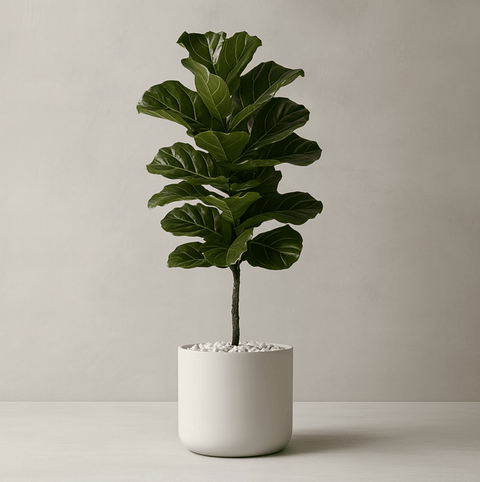
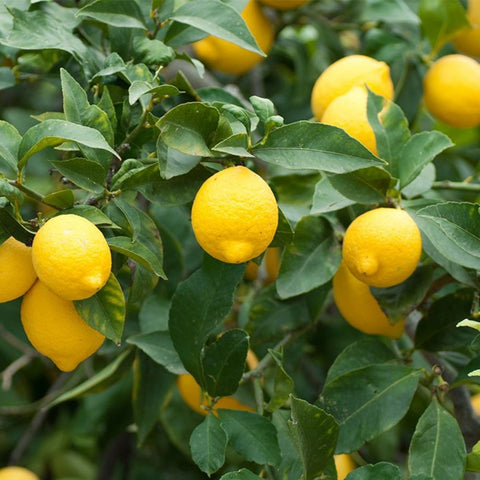

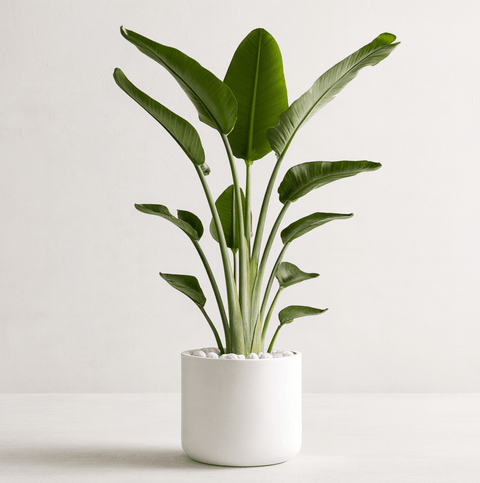

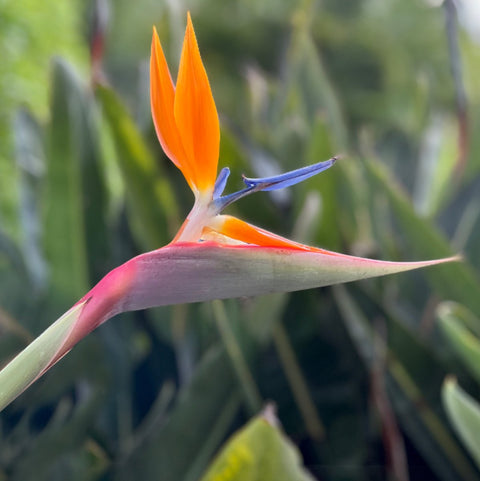

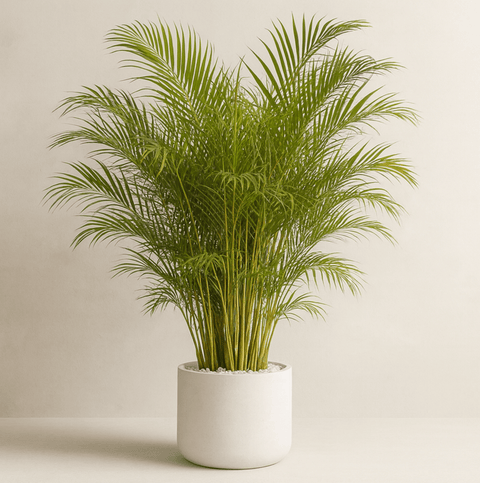






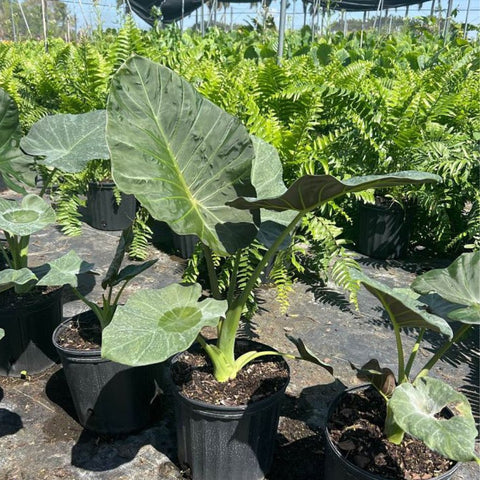

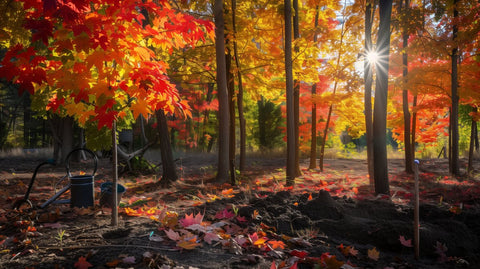



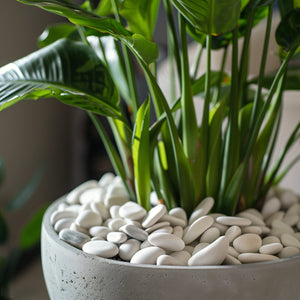

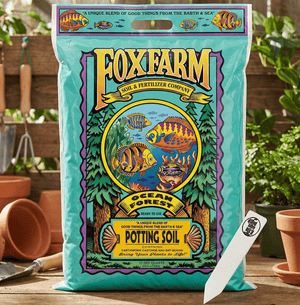




Comments (0)
There are no comments for this article. Be the first one to leave a message!